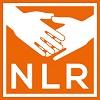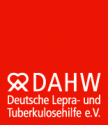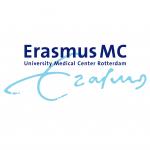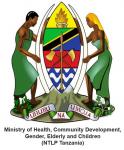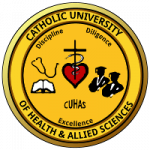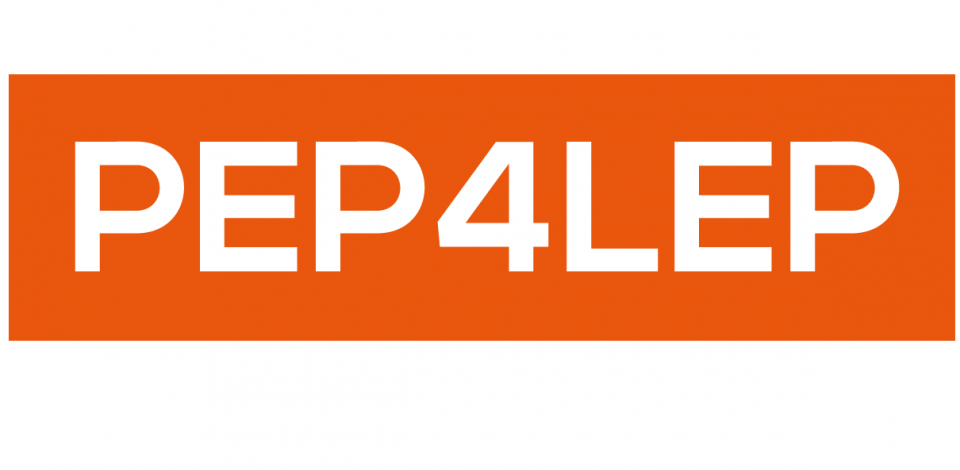
Introduction
A single dose of rifampicin as post-exposure prophylaxis (SDR-PEP) has been proven to reduce the risk of developing leprosy by 60 percent when administered to contacts of leprosy patients (Moet 2008). Although the WHO incorporated this post-exposure prophylaxis treatment in the latest guidelines (WHO 2018), little is known about the most feasible implementation method.
PEP4LEP aims to identify the most effective and feasible method for screening people at risk of developing leprosy and administering chemoprophylaxis. The project is a cluster-randomized implementation trial in Mozambique, Ethiopia, and Tanzania. Two intervention types are being compared:
- One intervention will be community-based, using skin camps to screen around 100 contacts of leprosy patients and provide them with SDR when eligible.
- The other intervention will be health center-based, inviting household contacts to be screened and given SDR when eligible.
Both interventions will use a common skin disease approach; other skin diseases, such as common skin diseases and neglected tropical diseases (NTDs) manifesting skin lesions, will also be diagnosed and treated. In this way, the project will contribute to health system strengthening in the area of diagnosis and treatment of dermatological conditions. Additionally, a cost-effectiveness study and a capacity assessment on community health workers performing integrated skin screening will take place.
In this project, approximately 30,000 contacts of people affected by leprosy will be screened and when eligible, they will receive a single dose of rifampicin as chemoprophylaxis to hopefully prevent them from developing leprosy and spreading the disease. The results of the PEP4LEP study may help to implement skin screening and SDR-PEP into national and international leprosy routine care guidelines.
Project details
Scientific title: “Chemoprophylaxis for leprosy: comparing the effectiveness and feasibility of a skin camp intervention to a health center-based intervention. An implementation trial in Mozambique, Ethiopia, and Tanzania.”
The primary objectives are:
- To compare the effectiveness of a skin camp prophylaxis intervention to a health center-based prophylaxis intervention in terms of the rate of leprosy patients detected and delay in case detection
- To compare the feasibility of the two chemoprophylaxis interventions in terms of cost-effectiveness and acceptability
The secondary objectives are:
- To assess the acceptability of a common skin diseases approach and the use of the SkinApp
-
To compare the capacity of health workers in diagnosing leprosy and other NIDs that manifest with skin lesions before the start of the study with their capacity in the third year
Project start: 1 October 2018
Project duration: 52 months
Netherlands Trial Register (NTR) number: Trial NL7294 (NTR7503)

